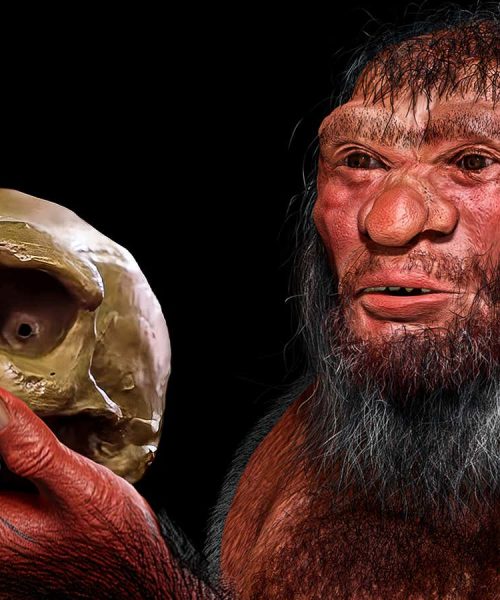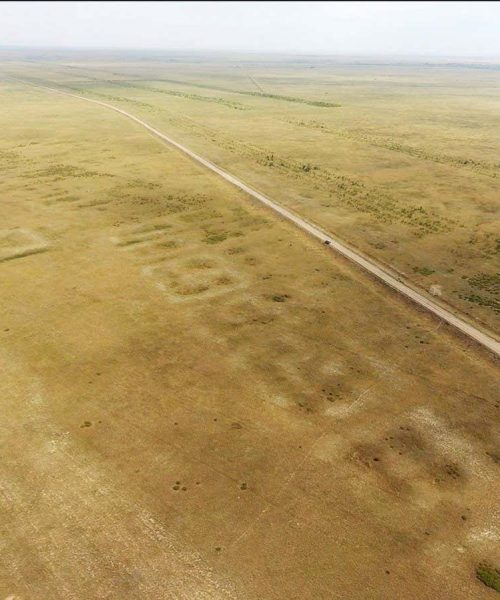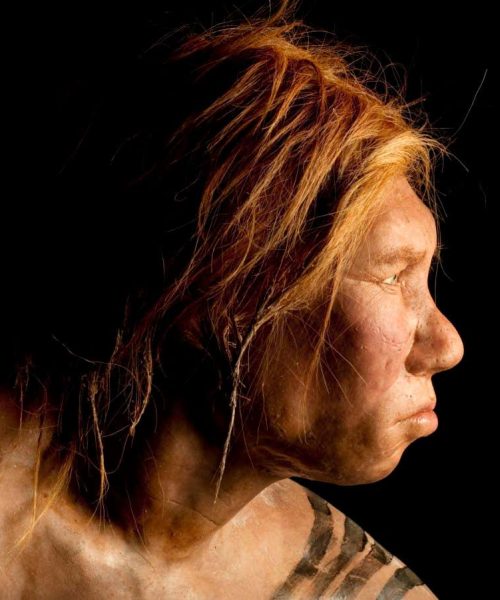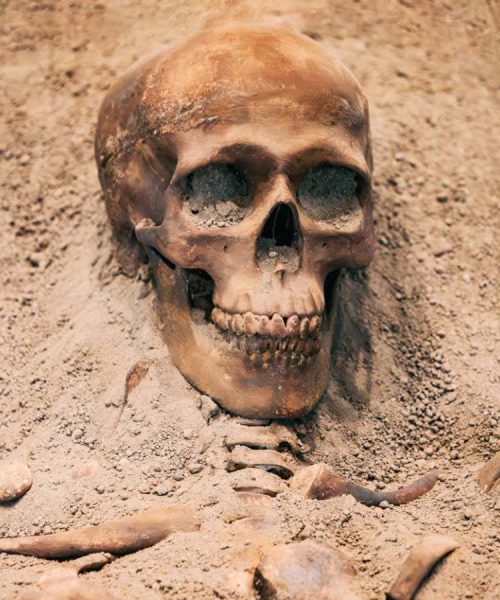
A hoard of Bronze Age metal fragments from Weißig, Germany
J. Lipták/Landesamt für Archäologie Sachsen
Bronze Age Europeans earned and spent money in much the same way as we do today, indicating that the origins of the “market economy” are far more ancient than expected.
That is the controversial conclusion of new research that challenges the view that elites were the dominant force in Bronze Age economies, and proposes that human economic behaviour may not have changed much over the past 3500 years – and perhaps even longer.
Advertisement
“We often tend to romanticise European prehistory, but the Bronze Age was not a fantasy realm where townsfolk and peasants were merely the background for some great lord providing for their needs,” says Nicola Ialongo at Aarhus University in Denmark. “It was a very familiar world where people had families, friends, a social network, marketplaces and a job, and ultimately had to figure out how to make ends meet.”
Europeans of the Bronze Age, a period that spans 3300 to 800 BC, were not meticulous bookkeepers like people of some other ancient societies, such as Mesopotamia. But Ialongo and Giancarlo Lago at the University of Bologna, Italy, suggest that important revelations about their daily lives, and the roots of our own modern economic behaviour, can be found in the troves of metal fragments, known as hoards, that they left behind.
Lago and Ialongo analysed more than 20,000 metal objects from hoards buried in Italy, Switzerland, Austria, Slovenia and Germany during the Bronze Age. The pieces appear in many forms, but around 1500 BC, they start to become standardised by weight, a shift that many experts believe distinguishes them as a form of pre-coinage money.
“The discovery of a widespread measurement and weight system makes it possible to model things that have been known about for centuries in a way that they have never been modelled before,” says Ialongo. “This opens up new results to old questions, but also new questions that no one was asking before.”
To that end, the team found that the weight values of the huge sample follow the same statistical distribution as the daily expenses of a modern Western household: small everyday expenses, represented by lighter fragments, made up the vast majority of consumption patterns, while larger expenses, represented by heavier fragments, were comparatively rare. This pattern is analogous to what you might find in an average modern wallet, with lots of smaller banknotes and very few high-value ones.
Lago and Ialongo interpret the findings as evidence that Bronze Age economic systems were regulated by supply and demand market forces, in which everyone participates proportionally to how much they earn. This hypothesis stands in contrast to an influential view put forth in the 1940s by the anthropologist Karl Polanyi, who cast modern economies based on monetary profit as a new and distinct phenomenon from ancient economies centred around barter, gift exchange and social standing.
Richard Blanton at Purdue University in Indiana finds the study to be credible. “The argument, I think, will prompt discussion among archaeologists and economic anthropologists, who have been labouring under false assumptions about the antiquity of market economies for decades,” he says.
“I think this paper will beneficially add fuel to that kind of critique,” says Blanton. “For me, the paper throws a whole new light on the function of the bronze hoards and their potential for the use of bronze pieces as units of exchange.”
However, Erica Schoenberger at Johns Hopkins University in Maryland is sceptical of the team’s conclusions. “It’s risky to assume that ordinary people in pre-modern times used money in ordinary economic ways,” says Schoenberger. “Medieval English peasants, for example, only began selling their produce for money when their lords began demanding money in place of in-kind rents and taxes. The peasants handed most – if not all – of that money directly to the lord. They sold in order to get money, but they did not use it to buy things they needed. We’re still a long way from modern economic behaviour [in the Middle Ages].”
Lago and Ialongo hope their research will inspire specialists in other fields to develop similar work on artefacts from different regions and cultures. They suggest that market economies naturally arose across time and cultures, and that such systems are not new or special inventions of Western societies that emerged over the past few centuries.
“Technically, we do not prove that the Bronze Age economy was a market economy,” says Ialongo. “We simply find no evidence that it wasn’t. And we simply point out the paradox: why is everyone convinced that the market economy did not exist, if everything we see can be explained by a market economy model? In other words, why should we imagine a more complex explanation, if the simplest one works just fine?”
Topics:





